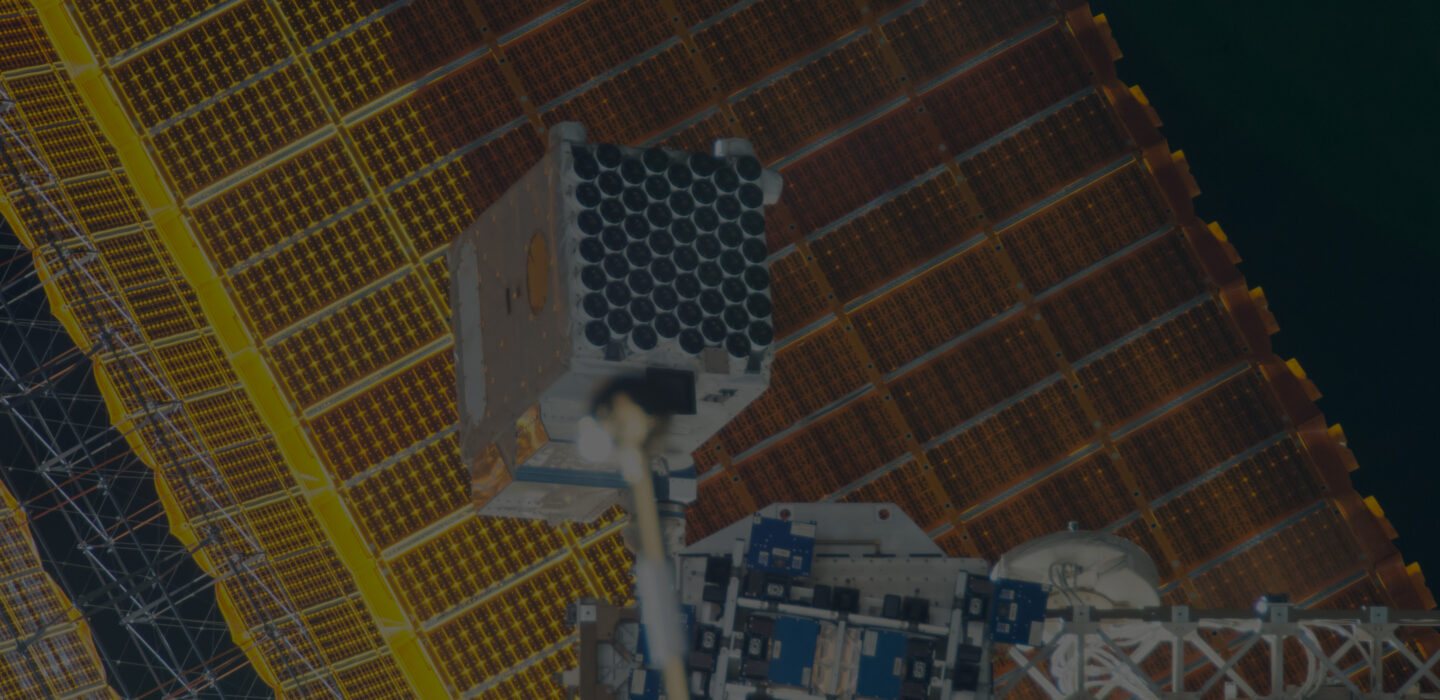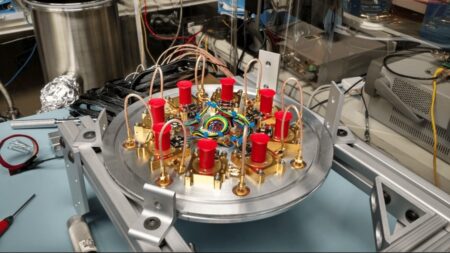NICER

The Neutron star Interior Composition Explorer (NICER) is a groundbreaking NASA mission aboard the International Space Station, designed to study the densest objects in the universe: neutron stars. NICER is attached on the outside of the ISS, which provides it with power and a data connection.
Since its launch in 2017, NICER has provided unprecedented insights into these stellar remnants, helping scientists probe the nature of ultra-dense matter and test the laws of physics under extreme conditions, but it is also used to observe a large range of other X-ray sources on the sky. Researchers at MKI have used NICER data to observe neutron stars, accreting young stars, and a number of other objects.
MIT's Pivotal Role in NICER
MIT has played a central role in the NICER mission from its inception, contributing across scientific, engineering, and operational domains. In particular, MKI was responsible for the development and calibration of the detector subsystem for the main NICER science instrument. That includes the design and testing of a hardware ranging from housing and cables to electronics and software.

NICER focal plane modules, ready for calibration
The instrument has an array of 56 silicon drift detectors with a a better time resolution than any comparable observatory, but the trade-off is that it does not provide the same imaging capabilities that e.g. Chandra provides. That presents significant challenges for the data analysis of faint objects, and a team at MIT has developed calibration and background models for NICER to alleviate that.